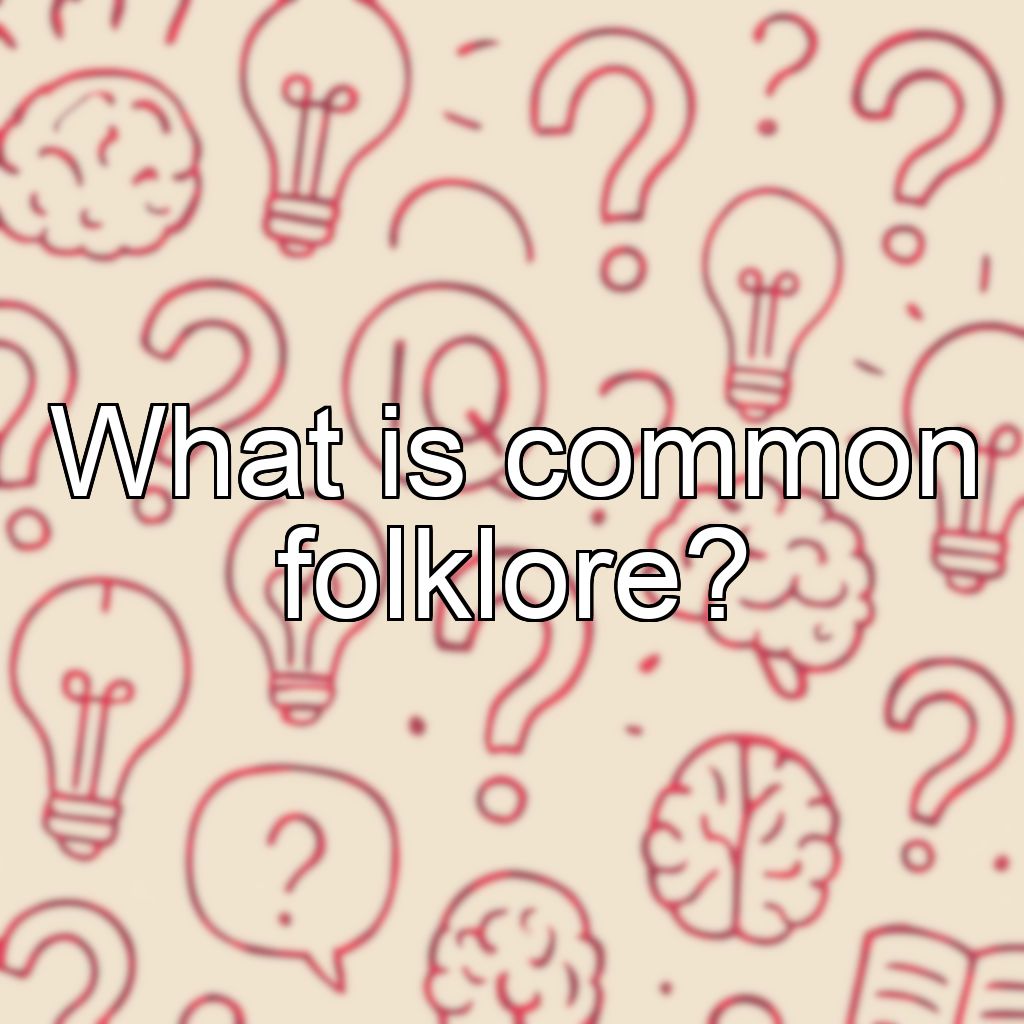What is common folklore?

Understanding Common Folklore
Common folklore refers to the traditional beliefs, customs, stories, and practices that are shared within a community or culture. These elements are passed down orally from generation to generation and often include myths, legends, fairy tales, proverbs, songs, and rituals. Folklore serves to preserve cultural identity, teach moral lessons, explain natural phenomena, and provide entertainment. It reflects the values, history, and worldview of the community and often features symbolism and themes that resonate universally, such as heroism, love, morality, and the supernatural.
Characteristics of Common Folklore
- Oral Tradition: Most folklore is transmitted orally rather than written down.
- Cultural Reflectiveness: It embodies the beliefs and practices of a particular culture.
- Variability: Stories and customs may vary between regions and communities.
- Functionality: It often serves educational, moral, or social functions.
Examples of Common Folklore
- Fairy tales like Cinderella or Jack and the Beanstalk
- Myths explaining natural phenomena, such as thunderstorms or eclipses
- Legends of historical figures or local heroes
- Traditional songs, dances, and rituals